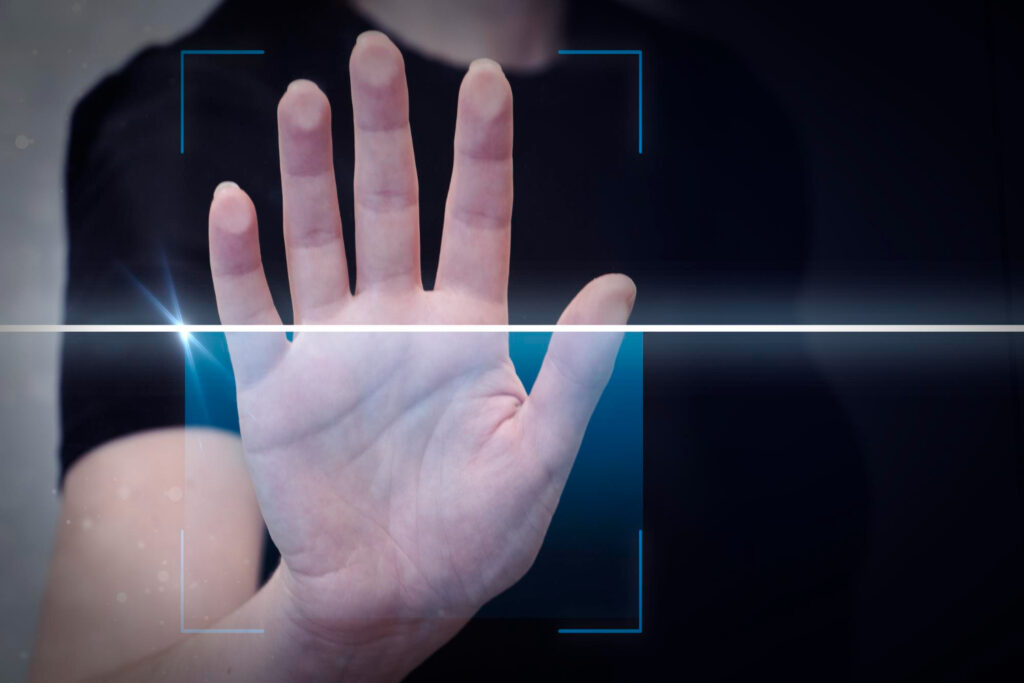Transforming your smartphone into a high-quality document scanner no longer requires extra apps or manual cropping. Modern devices conceal powerful scanning functions behind intuitive gestures—swipes, pinches, or long presses—that instantly detect page edges, correct perspective, and enhance contrast. In this guide, you’ll learn how to unlock and customize these hidden gestures, chain captures into automated workflows, and apply best practices for consistently clear scans. With just a few taps, you’ll be able to digitize receipts, whiteboard notes, printed articles, or contracts in seconds and have them ready for sharing, archiving, or OCR processing.
Understanding Gesture-Based Scanning Modes

Many smartphone cameras include built-in document scanning, but the real magic lies in executing it with a simple gesture. Common triggers include two-finger pinches to enter “Document Mode,” long presses on the shutter button, or three-finger swipes from the edge of the viewfinder. Once activated, the camera automatically identifies page boundaries, flattens perspective, and adjusts brightness and contrast to produce a crisp, glare-free image. Because these gestures are hardware-accelerated, scan mode launches almost instantly—eliminating menu hunting. Spend a few minutes practicing the gesture sequences specific to your device, and you’ll soon be scanning on the fly without breaking your flow.
Configuring Your Device for Perfect Captures
Before relying on gesture scans in important situations, fine-tune your camera settings. Set the default scan resolution to at least 300 dpi to preserve text clarity, and enable auto-flash or low-light enhancement to maintain sharpness in dim environments. If your camera app lets you choose a default file format, opt for PDF for multipage documents or high-quality JPEG for single sheets. Assign a dedicated “Scans” folder in your gallery or cloud sync settings so that every scan lands in one organized location. Finally, verify that your chosen gesture is mapped to scan mode and test it multiple times—this setup ensures each document capture is consistent, properly formatted, and instantly accessible for processing.
Automating Post-Scan Workflows
Gesture scanning is only half the story: pairing it with automation routines turns a single tap into a complete document-management pipeline. Use your device’s built-in Shortcuts app or a third-party automation tool to watch for new scans in your “Scans” folder. Trigger a workflow that renames the file based on date and project keywords, merges multiple pages into one PDF, uploads the result to your preferred cloud service, and sends you a notification or email confirmation. For advanced setups, add an OCR step to extract text automatically, enabling full-text search later. By chaining these actions immediately after each scan, you eliminate manual file handling and ensure your documents are ready to share or archive the moment you tap your phone.
Best Practices for Reliable Gesture Scanning

To maintain high-quality, error-free scans over time, establish a few simple habits. First, clean your camera lens regularly—dust and fingerprints can wreak havoc on edge-detection algorithms. When scanning, hold your phone steady and parallel to the document plane to help the software capture accurate boundaries. In low-light settings, position a secondary light source or enable your phone’s flash rather than relying on auto-exposure adjustments. Immediately review each scan—if the crop is off or a page is missing, a quick retap solves it before you move on. Finally, back up your gesture and automation settings so you can restore them if you switch devices or update your operating system. These small routines ensure your gesture-driven scanner remains fast, dependable, and ready whenever you need it.

Leave a Reply